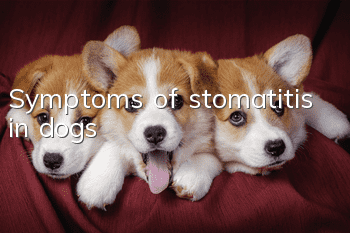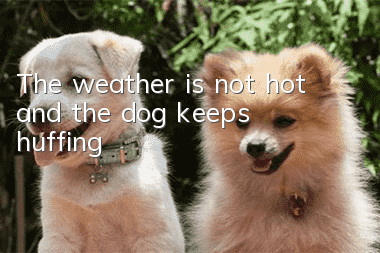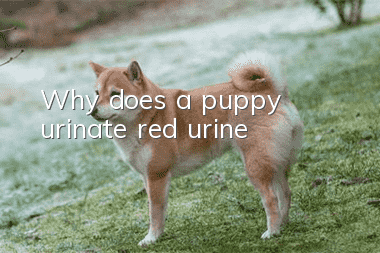Symptoms of stomatitis in dogs

After dogs suffer from stomatitis, they will have bad breath, red and swollen gums or mouth, obvious pain in the mouth, and will not eat. Later, they will drool a lot. At this time, the dog's mouth and oral mucosa are painful, and he is not interested in many foods. In severe cases, he will refuse to eat. Therefore, when a dog is found to have stomatitis, the owner must take measures to help the dog get rid of the pain as soon as possible.
Treatment methods for dog stomatitis
1. Adjust the diet
If a dog has stomatitis, the owner must first adjust it For the dog’s diet, choose to feed the dog some liquid and semi-liquid food that is soft, waxy, easy to chew and swallow. These foods are easier for the dog to accept. If you continue to feed the dry, hard and large pieces of food before, it will irritate the ulcer and the dog will refuse to eat because of the pain.
2. Vitamin supplements
Many owners know that dogs lacking vitamins are prone to stomatitis. If your dog eats a single, dry food for a long time, or prefers meat and rarely eats vegetables and fruits, it is easy to become deficient in vitamins. In this regard, owners need to add an appropriate amount of Wangxiang vitamin B into the dog's daily diet to help the dog replenish the vitamins it needs in the body in a timely manner.
3. Clean the mouth
Dogs can easily get stomatitis if their oral environment is not good. Moreover, after a dog gets stomatitis, there will be ulcers in the mouth and bad breath. At this time, the owner can give the dog more water, or use some light salt water to rinse the dog's mouth, and then spray an appropriate amount of pet oral cleaning spray such as Pet Mouth Green to help restore the dog's normal oral environment.
- How to train a dog not to eat what others give you? Dog training!
- Signs your dog is sick
- What's wrong with the puppy coughing?
- What should I do if my puppy has diarrhea with blood? Finding the right cause is the key!
- What is the best way to train a 2-month-old Bichon Frize? Training tips for Bichon Frize!
- How to easily distinguish colds from canine distemper and parvovirus
- Wrong dog walking methods can harm your dog. How many mistakes have you made?
- Have you done all the 8 things dogs dislike doing?
- This is an experience post that brings together the wisdom of raising a dog.
- If you want your dog to live longer, you need to pay attention to these 8 misunderstandings!



